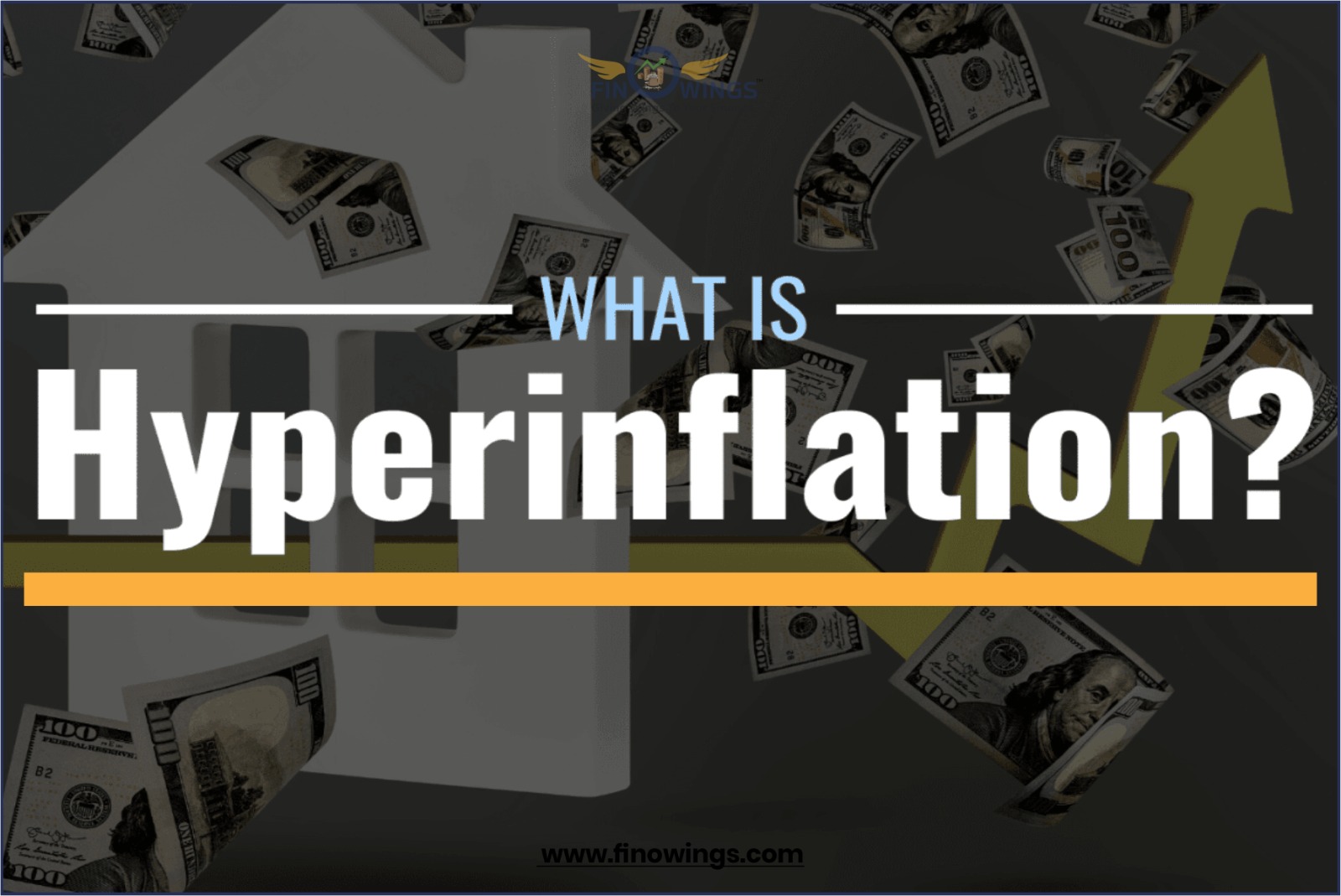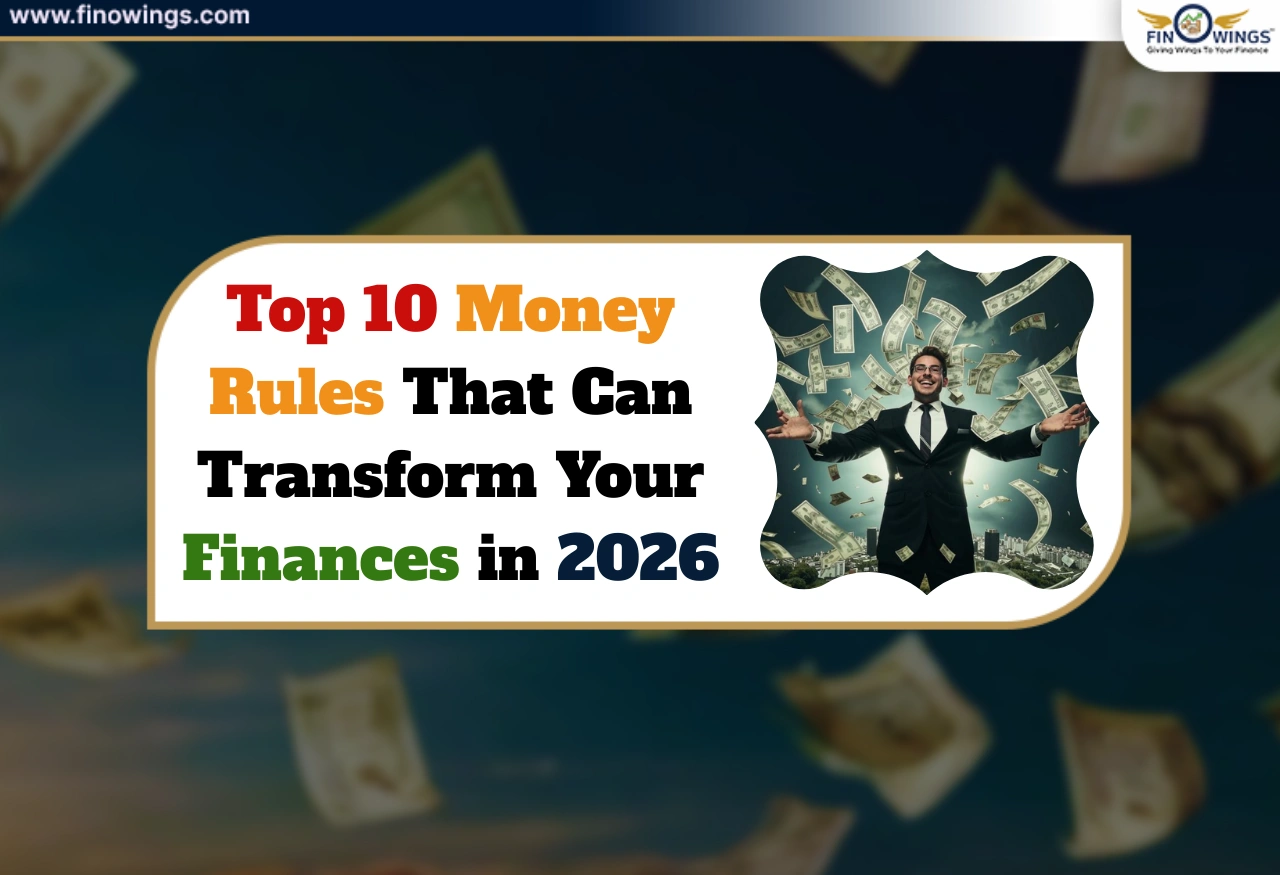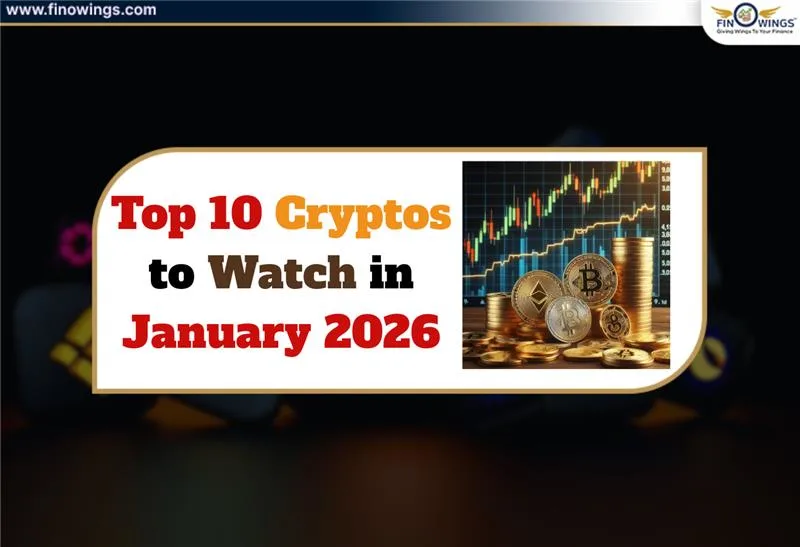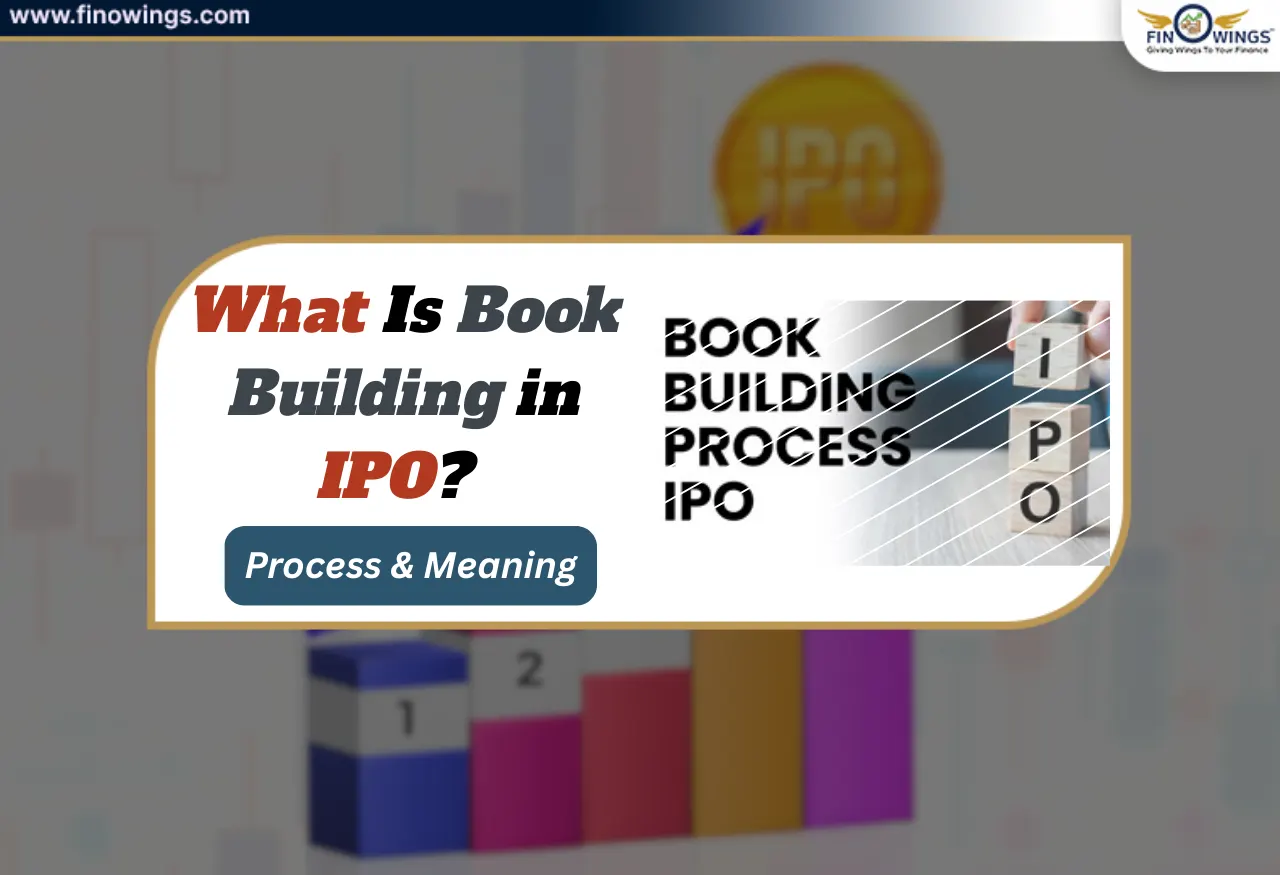Home >> Blog >> What Is Hyperinflation?
What Is Hyperinflation?

Table of Contents
What Is Hyperinflation?
Rapid, excessive, and unchecked overall prices in an economy are referred to as hyperinflation. While inflation gauges how quickly prices are rising for goods and services, hyperinflation refers to inflation rising quickly—typically by more than 50% per month.
Although it is uncommon in sophisticated economies, hyperinflation has happened frequently throughout history in nations like China, Germany, Russia, Hungary, and Georgia.
Definition of HyperInflation
The Monetary Dynamics of Hyperinflation, written by Phillip Cagan in 1956, is frequently cited as the first comprehensive examination of hyperinflation and its consequences (though The Economics of Inflation by C. Bresciani-Turroni on German hyperinflation was published in Italian in 1931). According to Cagan's definition in his book, a hyperinflationary episode begins in the month when the monthly inflation rate reaches 50% and ends when it falls below 50% and remains there for at least a year. Most economists adhere to Cagan's definition, which states that hyperinflation happens when the monthly inflation rate reaches 50% (or 12874.63% annually).
The International Accounting Standards Board has guidelines on accounting regulations in a hyperinflationary context. Instead of establishing a definitive rule for when hyperinflation occurs, it provides a list of signs that hyperinflation is present:
-
The majority of people prefer to store their wealth in non-financial assets or in a foreign currency that is pretty stable. The local cash that is on hand is promptly invested in preserving purchasing power;
-
The general public views monetary quantities as a comparatively stable foreign currency rather than local one. That currency may be used to quote prices;
-
Even if the credit duration is brief, sales and purchases made on credit are made at prices that account for the anticipated loss of purchasing power;
-
A price index is used to relate interest rates, salaries, and prices; and The three-year inflation rate is approaching or above 100%.
Understanding hyperinflation
By measuring the dollar's purchasing power using the Consumer Price Index (CPI), the Bureau of Labor Statistics calculates inflation. The CPI is an index of prices for around 94,000 goods and services, 8,000 rental housing unit quotes, and prices for clothing, home items, prescription pharmaceuticals, pre-owned cars, postage, and airline tickets.
The Federal Reserve generally works to maintain what it refers to as a healthy inflation rate of close to 2% over the long term.
A high inflation rate is greater than 2%. Not only a high inflation rate, but hyperinflation is also a severe kind of inflation.
Hyperinflation is present when prices increase by more than 50% per month. When hyperinflation takes place, daily rises could reach 200% or more.
Consider the scenario when you consistently shop for the same things at the grocery store. Your grocery expenditure might increase from Rs. 500 each week to Rs. 675 the following week, to Rs. 911 the week after that, and so on if the economy were to experience a growing inflation rate of 5% per day.
What are the Causes of Hyperinflation?
Here are the most frequent causes of hyperinflation, even though a variety of situations might result in it.
-
Extravagant Money Supply
In general, central banks regulate the amount of money in circulation. However, central banks can boost the amount of money in circulation in situations that historically call for one, such as a recession or depression. This activity aims to increase lending by banks, borrowing, and spending by consumers and enterprises.
Hyperinflation may occur, nevertheless, if the increase in the money supply does not coincide with economic expansion as indicated by GDP growth. This is because businesses raise prices to increase profits and stay afloat when the GDP, a gauge of an economy's production, isn't expanding.
Consumers that have more money pay higher prices, which fuels inflation. So companies are charging, customers pay, and the monetary authority prints more money if the economy continues to stall or contract while inflation rises—hyperinflation results from rising inflation rates.
-
Demand-Pull Inflation
A condition known as "demand-pull inflation" occurs when total demand exceeds total supply. Because there aren't enough products and services available to satisfy the escalating demand from customers and businesses, prices rise quickly.
What are the Effects of Hyperinflation?
Hyperinflation can have several negative effects. People might start storing things like food. Shortages in the food supply may result.
Money loses value when prices rise too much because it has less purchasing power due to inflation. Consumers with less purchasing power must spend more money to make fewer purchases. They consequently have fewer funds to cover their bills and less money to spend on necessities.
Additionally, consumers would stop depositing funds with financial institutions, which would cause banks and lenders to fail. Tax collections may also decrease if businesses and individuals cannot pay their taxes, preventing governments from offering necessary services.
Examples of Hyperinflation in the Real World
Yugoslavia
In the 1990s, the former Yugoslavia experienced one of the worst and longest bouts of hyperinflation. The nation already had inflation rates that topped 76% yearly and were on the edge of disintegrating.
Slobodan Milosevic, who was in charge of the Serbian province then, was found to have embezzled $1.4 billion by ordering the Serbian state bank to lend to his friends.
To meet its financial responsibilities in the wake of the heist, the government's central bank was compelled to produce excessive money. As a result, hyperinflation swiftly engulfed the economy, wiping out what little wealth remained in the nation and forcing its citizens to barter for products. The inflation rate quadrupled daily until it topped at a mind-boggling 313,000,000% every month.
Food shortages resulted from the government's swift takeover of wages and production. Incomes decreased by more than 50% as a result, and manufacturing sputtered to a halt. However, the German mark eventually supplanted the government's currency, which helped stabilize the economy.
Hungary
After World War II, Hungary faced hyperinflation. Hungary's inflation peaked at 207% daily price increases.
Zimbabwe
Zimbabwe experienced hyperinflation from March 2007 until early 2009, with daily inflation rates averaging 98%.
After many drought-related episodes and a subsequent decline in GDP, the country entered a hyperinflationary period in 1999.
As a result, the nation was compelled to borrow more money than it could pay back, which increased government spending. It raised taxes to provide bonuses for veterans of the independence battle, got involved in the Congo War, and borrowed money from the IMF to advance the development and raise living standards for the populace.
To cover the costs, the government started printing money, which increased inflation and led to a migration of citizens seeking economic relief in other nations. By 2010, the population had decreased by around 1.3 million, and the economy was in ruins.
What Will Happen If Hyperinflation Occurs?
Hyperinflation doesn't just happen out of the blue. The Federal Reserve will use all available monetary policy tools to prevent hyperinflation if experts detect it—well before inflation surpasses 50% in a month. Paul Volcker, the former head of the Federal Reserve, hiked rates to more than 21% in the past to combat rates of more than 14%, which caused two depressions before inflation was brought under control.
Preparing for Hyperinflation
It's important to remember that hyperinflation is uncommon, particularly in developed nations where a central bank concentrates on containing and managing inflationary situations. You may take certain steps to lessen low or high inflation's impact on your portfolio.
You can minimize losses during periods of inflation by maintaining a balanced and diversified portfolio. Because they tend to appreciate during these times, commodities and real estate help lessen the negative consequences of inflation. In addition, because the capital you have invested in a TIPS adjusts with inflation, Treasury Inflation-Protected Securities (TIPS) can act as a hedge against rising inflation.
You can also utilize mutual funds and exchange-traded funds that use inflation swaps to reduce the impact of inflation on your portfolio.
Conclusion
In the case of hyperinflation, a country's inflation rate would increase by 50% in a single month. Suppose a nation finds itself in a predicament where it cannot afford to fulfill its responsibilities or faces challenges that limit its capacity to generate products and services. In that case, this is a cause for concern. As a result, hyperinflation does not happen frequently. Nevertheless, since 1796, there have been 43 instances of hyperinflation in 28 different nations.
















